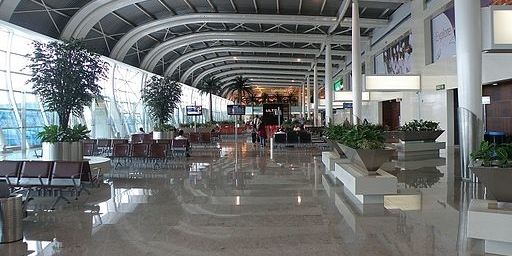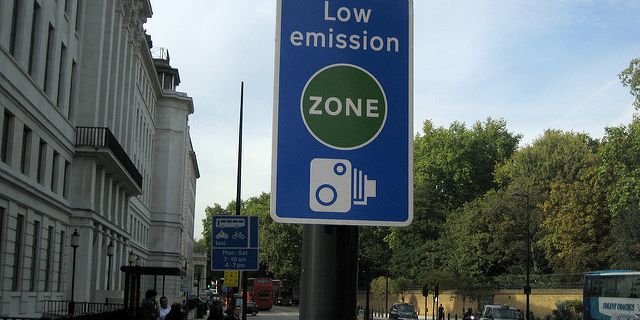Tree of Kindness Arrives in London to Support People Experiencing Homelessness
As the chill of winter sets in across London, a ray of hope has appeared outside Charing Cross station. The “Tree of Kindness,” organized by Scottish homelessness charity Social Bite, invites the public to contribute gifts, warm clothes, toys, and essential items for people experiencing homelessness. This initiative aims to ensure that even in the coldest months, those without homes feel warmth, care, and a sense of community. Beyond the tangible items, the tree represents a reminder that kindness and human connection can flourish even in urban spaces dominated by the rush of daily life.How the Tree of Kindness WorksThe concept is beautifully simple yet profoundly impactful. The tree is accompanied by a wishlist, guiding donors to provide items that are most needed by people living without shelter. From warm scarves and gloves to toys for children and practical essentials for daily life, the list ensures that contributions are both meaningful and useful. Anyone passing by, whether a commuter rushing through Charing Cross or a visitor exploring the city, can participate. By picking an item from the wishlist, purchasing it, and leaving it at the tree, donors can directly support someone in need, bridging the gap between giving and genuine human care.Social Bite’s Mission and ImpactSocial Bite, the Scottish charity behind this initiative, has long been recognized for its innovative and compassionate approaches to tackling homelessness. Known for programs that range from offering meals to providing safe shelters, the organization focuses on building dignity, hope, and long-term support for those affected by homelessness. The Tree of Kindness is an extension of this philosophy, emphasizing that even small gestures can create significant emotional impact. By involving the public directly, Social Bite encourages a culture of empathy, reminding citizens that homelessness is a shared societal responsibility. The Tree of Kindness is more than a collection point for items; it symbolizes humanity and solidarity. For someone living on the streets, receiving a warm coat, a comforting toy, or even a handwritten note can bring hope and a sense of being remembered. Community Participation and InclusionLondoners from all walks of life have already begun contributing. Commuters, office workers, students, and tourists are participating, demonstrating that even in a large metropolitan city, small acts of kindness can ripple through communities. The presence of the tree in such a prominent location encourages not just donations but conversations about homelessness, social inequality, and the role of compassion in everyday life. By making it visible and accessible, the initiative ensures that supporting the vulnerable is not limited to charitable institutions but becomes a shared civic responsibility.Addressing Winter HardshipsWinter is especially harsh for people experiencing homelessness. Exposure to freezing temperatures, lack of safe shelters, and limited access to basic essentials can quickly turn ordinary challenges into life-threatening situations. The Tree of Kindness directly addresses these seasonal hardships by providing items like warm clothes, blankets, and other necessities that protect individuals from the harsh elements. It also provides toys and gifts for children, ensuring that families living without secure housing can still experience the joy and comfort of the holiday season. A Symbol of Hope in the CityAs London faces the cold months, the Tree of Kindness reminds citizens that beyond policy debates and societal challenges, compassion can be expressed in direct, heartfelt ways. For those experiencing homelessness, the initiative offers warmth, care, and a sense of belonging. For the community, it offers the opportunity to reconnect with the fundamental values of generosity and human solidarity. In a city often seen as fast-paced and impersonal, Social Bite’s Tree of Kindness proves that small acts of giving can illuminate lives, warm hearts, and strengthen the social fabric. This winter, the tree is not just decorated with gifts; it is adorned with the spirit of humanity, showing that kindness, like the lights and ornaments that shimmer around it, can brighten even the coldest of days.


.jpeg)


